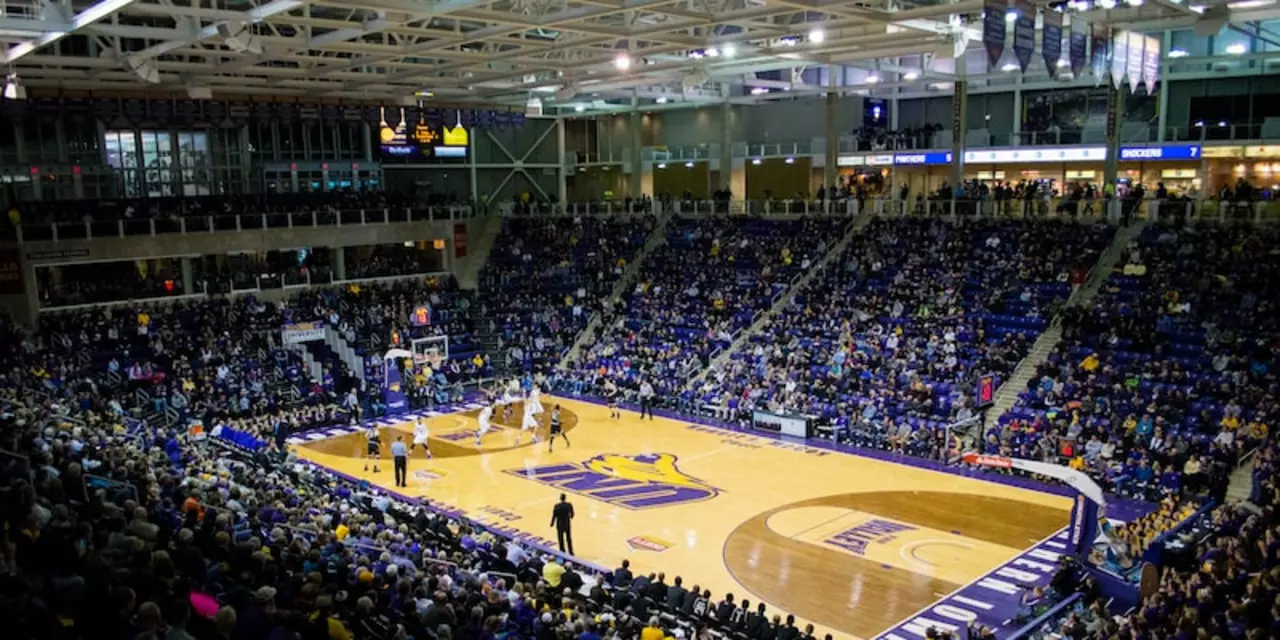Cost of Basketball: What You’ll Pay and How to Save
If you love basketball, you’ve probably wondered how deep a hole it can dig in your wallet. The truth is, the sport isn’t just about slam‑dunks and buzzer‑beaters; it’s also about the price tags attached to every part of the game. From the shoes on your feet to the ticket you buy for a night at the arena, understanding where the money goes helps you make smarter choices and still enjoy the game you love.
Gear and Equipment Costs
The first line of expense shows up when you lace up. A decent pair of basketball shoes can range from $80 to $200, depending on brand and technology. If you’re just starting out, look for last‑season models; they often drop in price without sacrificing performance. Then there’s the ball itself – a standard indoor ball costs about $30, while a premium outdoor version runs a bit higher.
Don’t forget apparel. A basic practice jersey and shorts combo can be put together for under $50 if you shop sales or outlet stores. Some players also invest in compression gear or ankle braces, which add $20‑$50 each but can prevent injuries that end up costing far more later.
For those playing in leagues or tournaments, court rentals and team fees become a recurring bill. Community gyms typically charge $10‑$15 per hour, while private facilities might ask $30‑$50. Signing up for a season in a local league can cost anywhere from $100 to $300, covering insurance, referees, and administrative costs.
Tickets, Travel and Collectibles
Watching live basketball is a whole different budget. Average NBA ticket prices sit around $150, but you can snag cheaper seats for $50‑$80 if you buy early or look for secondary markets. College games often run $30‑$70, making them a more affordable option for fans who still want the arena vibe.
Travel adds another layer. If you’re heading to a game out of town, factor in gas, parking, and possibly a hotel. A road trip to a nearby city might only be $30‑$60 in total, but a weekend trip to a major market can push you past $200.
Collectibles are a hidden cost for many enthusiasts. Basketball cards, for example, can start at a few dollars for a basic pack but skyrocket to thousands for rare rookie cards. Recent market trends show Michael Jordan cards hitting six‑figure figures, while more modest cards sit in the $20‑$100 range. If you’re a collector, set a clear budget and stick to it; the thrill of a find isn’t worth a financial hangover.
Finally, think about training and coaching. Private coaching sessions run $50‑$100 per hour, but group clinics or online courses can bring the price down to $20‑$40 per session. Many community centers also offer free or low‑cost workshops, which are a great way to improve skills without breaking the bank.
Bottom line: basketball’s cost varies wildly based on how deep you want to go. By tracking where each dollar goes—shoes, gear, league fees, tickets, travel, and collectibles—you can create a realistic budget that lets you stay in the game without the stress of overspending. Keep an eye on sales, use secondary ticket markets wisely, and set clear limits on collecting, and you’ll enjoy every aspect of basketball without the financial slam dunk you never asked for.
